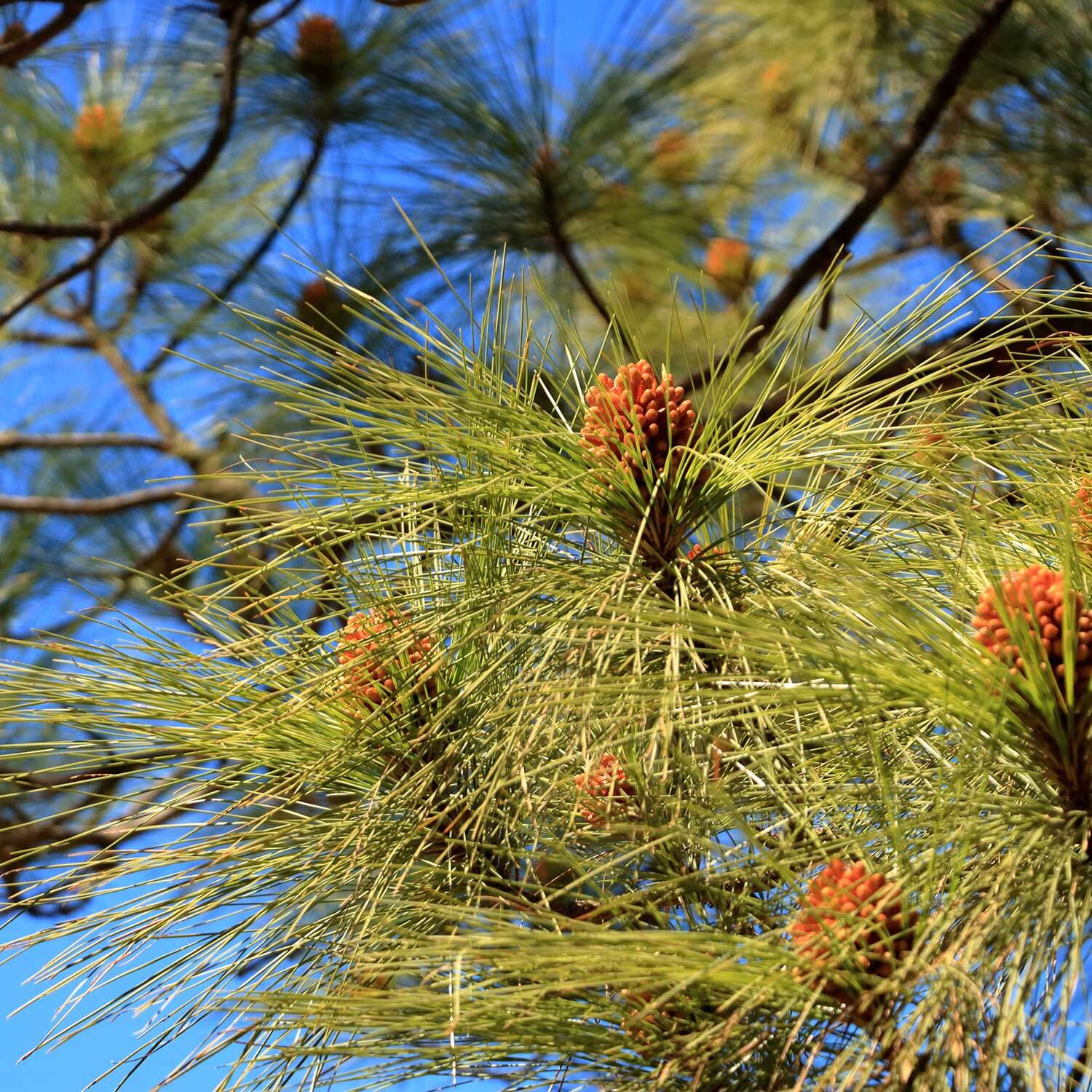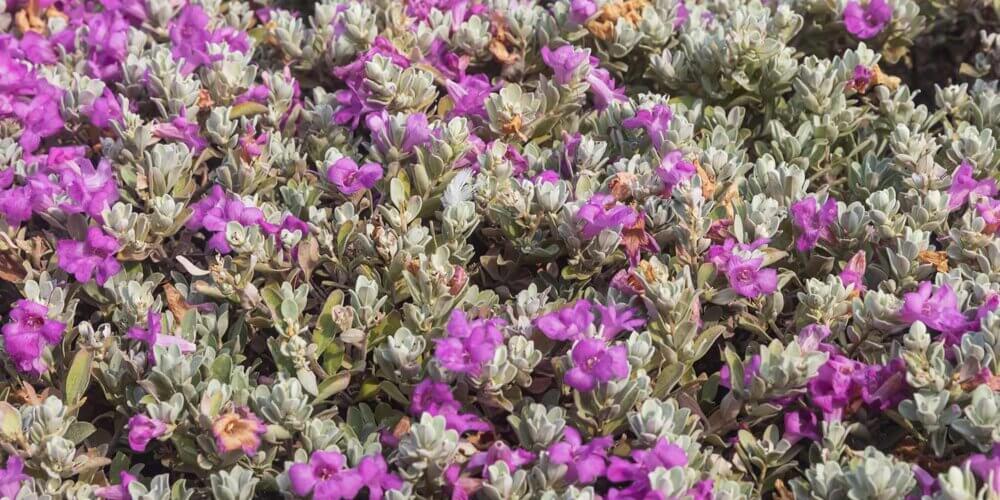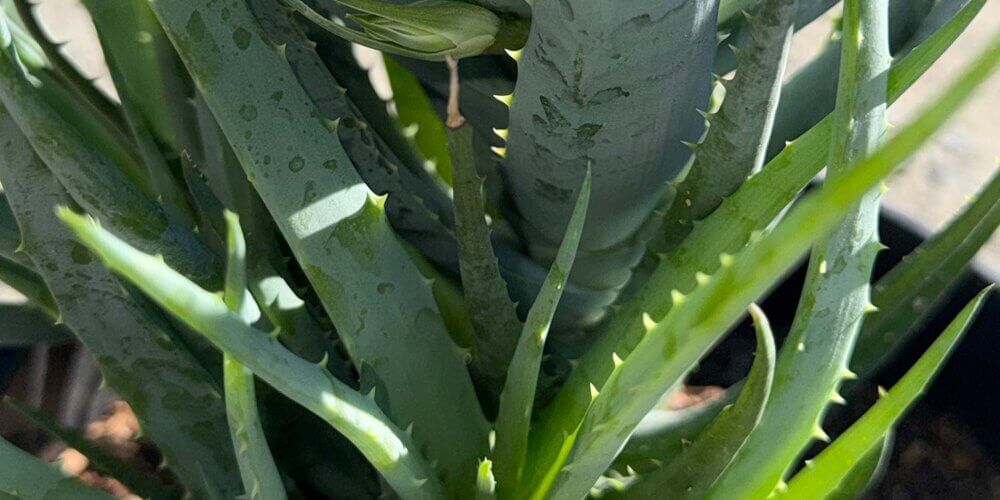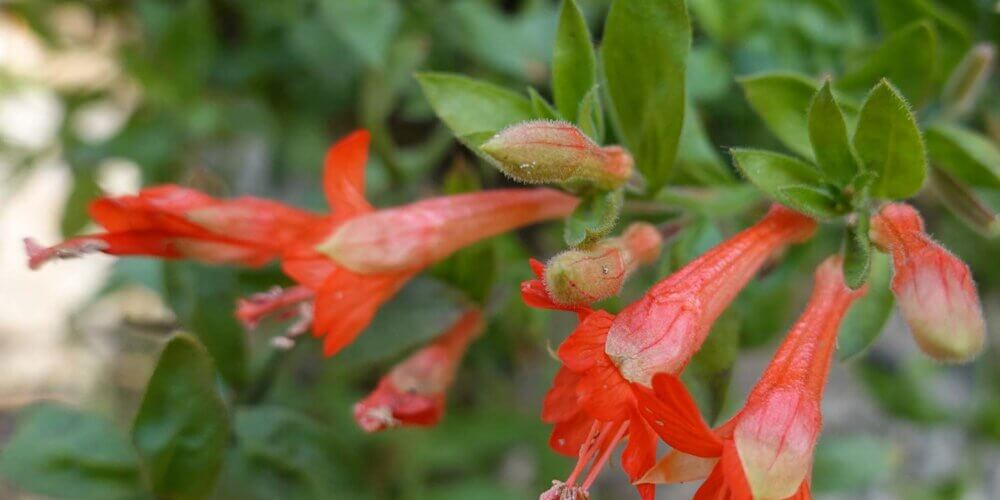
About Pinus canariensis (Canary Island Pine)
This large, evergreen tree is a Pinus canariensis. Its needle-shaped leaves, almost a foot in length, shoot out from its stem in a bottle brush form. As cones ripen in April, roughly two years after pollination, they open up and drop to the ground from September through December. Attractive, fissured, red-brown bark can be found as trees reach their mature landscape size of 50-80 feet tall by 20-35 feet wide. As a fast-grower, this tree can gain as much as 2-3 feet per year. Native to the Canary Islands and the largest species native to the Old World, this pine tree commonly known as Canary Island Pine, attracts wildlife such as birds and squirrels. It is fire-resistant, drought-tolerant, seaside tolerant, and has been known to be a deer deterrent.
Care and planting instructions
Plant Pinus canariensis in an area that receives full sun to partial shade exposure. Using well-draining soil water regularly after planting to establish a healthy root system, then reduce the frequency to once weekly. This tree is adapted well to seaside conditions but does well with additional watering in warmer areas. Pruning isn’t usually necessary as the Canary Island Pine does a good job at dropping their own foliage and deadwood.
Landscape design ideas
This tree is greatly suited for larger areas that are adapted for their size, some of which might include; parks, roads, lining a pathway or residential area. Their large size makes them practical as a windbreak in areas that are prone to strong winds. Their fire resistability make them a logical choice for California cities prone to wildfires.


